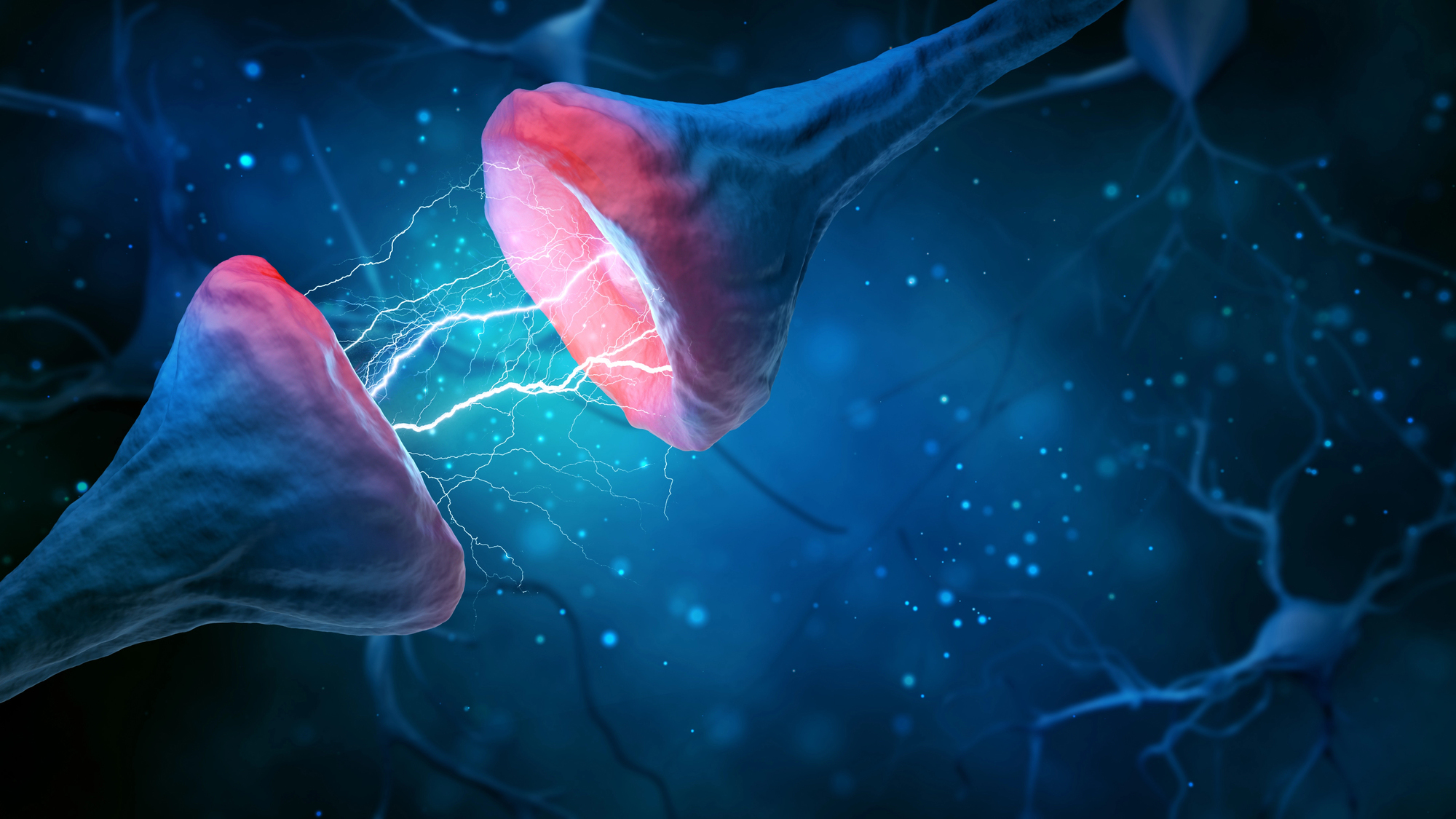

The placebo effect can have a significant influence on treatment outcomes. While we still have a lot to learn about how and why a patient’s expectations can influence the effectiveness of medication or treatment, we know that this is the case. “There is ample evidence that placebo effects in general, and placebo analgesia in particular, are not merely a ‘psychological’ effect, but underpinned by complex neurobiological phenomena,” Ulrike Bingel, a co-author of a new paper published September 24 in PLoS Biology, tells Popular Science.
These neurobiological phenomena remain a topic of active research. One proposed explanation is that the expectation that a treatment will be effective activates the brain’s mesolimbic pathway—the system that provides a sense of motivation to carry out an action, and a sense of reward and satisfaction when the action is done. This system relies on the neurotransmitter dopamine, and the experiment that Bingel and her team document in the paper tested the hypothesis that “dopamine-based reward and learning mechanisms … contribute to placebo effects.”
[ Related: In painkiller trials, placebo effect is becoming more powerful ]
Specifically, the researchers studied how the brain’s dopamine levels affected the effectiveness of placebo analgesia (i.e. placebo pain relief.) To do this, they divided participants into two groups. One was given a dopamine agonist drug beforehand, suppressing the level of dopamine in their brains; the other was given dopamine precursor L-dopa, effectively increasing their dopamine levels. Each group was then given a heat-based pain stimulus, and administered identical placebo-based pain relief. To their surprise, the team found that the effectiveness of the placebo analgesia did not seem to be contingent on participants’ dopamine levels.
This suggests that ambient dopamine levels in the brain do not influence the strength of the placebo effect. However, given dopamine’s importance to the brain’s reward pathways, its apparent lack of influence on placebo analgesia also raises the question of how those pathways are involved in the phenomenon. Bingel notes that this is not a question that the study addressed directly: “We can talk solely about the neurotransmitter dopamine; we can’t say anything about the distinct neurobiological [reward] circuitry as we did not perform brain imaging.” However, she says, “[Dopaminergic] pathways are very well described and based on previous evidence it is at least fair to speculate about their involvement.”
The situation with analgesia is complicated by the fact that dopamine is also involved in the actual phenomenon of pain relief. “Any pain relief is inherently rewarding,” agrees Bingel. “As such, [it] likely involves dopaminergic pathways.” She says that this might also explain previous research that suggested dopamine is involved in placebo analgesia: “Our study shows that this involvement of dopaminergic pathways is not causally involved in the analgesia part. It might be an epiphenomenon,” or a secondary phenomenon that results from and accompanies a primary cause.
Popular parlance tends to refer to “the placebo effect” as a single phenomenon, but scientists tend to view various placebo-related effects as separate phenomena that share a common neurobiological foundation. “This neurobiological foundation is not limited to placebo analgesia,” explains Bingel. “It is recognized for many placebo effects, although placebo analgesia is probably the best studied to date.”
Quite where the common foundation ends and separate effects begin, however, remains an open question. For example, to what extent does a placebo for pain work in the same way as a placebo for, say, depression?
“This is an excellent question,” says Bingel. “Particularly for pain and depression, there may be overlapping brain networks responsible for placebo effects. However, to date, the two mechanisms [have not been] compared directly. We will hopefully know within the next few years which common/joint and distinct neural circuitry underlie placebo effects in pain and negative affect/depression.”
Another variable here is that while, by their nature, placebo effects depend on a patient’s expectation of a positive outcome, they may also depend on the strength of a patient’s desire for a positive outcome. Bingel notes that in the context of the paper, participants’ desire for pain relief were relatively low. They were, after all, willing participants in a study, and the pain they experienced was relatively mild. “In our study, participants only passively received analgesia, and the motivation/desire for pain relief can be assumed to be low in this highly controlled, experimental context in healthy volunteers.”
Clearly, the situation is very different for people experiencing actual chronic pain from which they are desperate for relief, and Bingel says that in such cases, reward pathways may play a different role. “While our results make a causal role of dopamine in this particular context very unlikely, it does not exclude that dopamine may play a role in different motivational context (as can be assumed in patients suffering from chronic pain), or if more ‘active control’ or ‘agency’ is involved in the treatment.”
Given the many subtleties of how placebo phenomena work, it’s not surprising that the subject remains the topic of much active research. Bingel says that a better understanding of how placebo effects work is crucial for incorporating into treatments: “Pharmacological strategies of tomorrow should harness the valuable interaction of endogenous pharmacology (evident in placebo effects) and specific medical treatments, such as drug treatments. [But] we can only target the placebo effect systematically if we understand its mechanisms.”
 Print
Print


